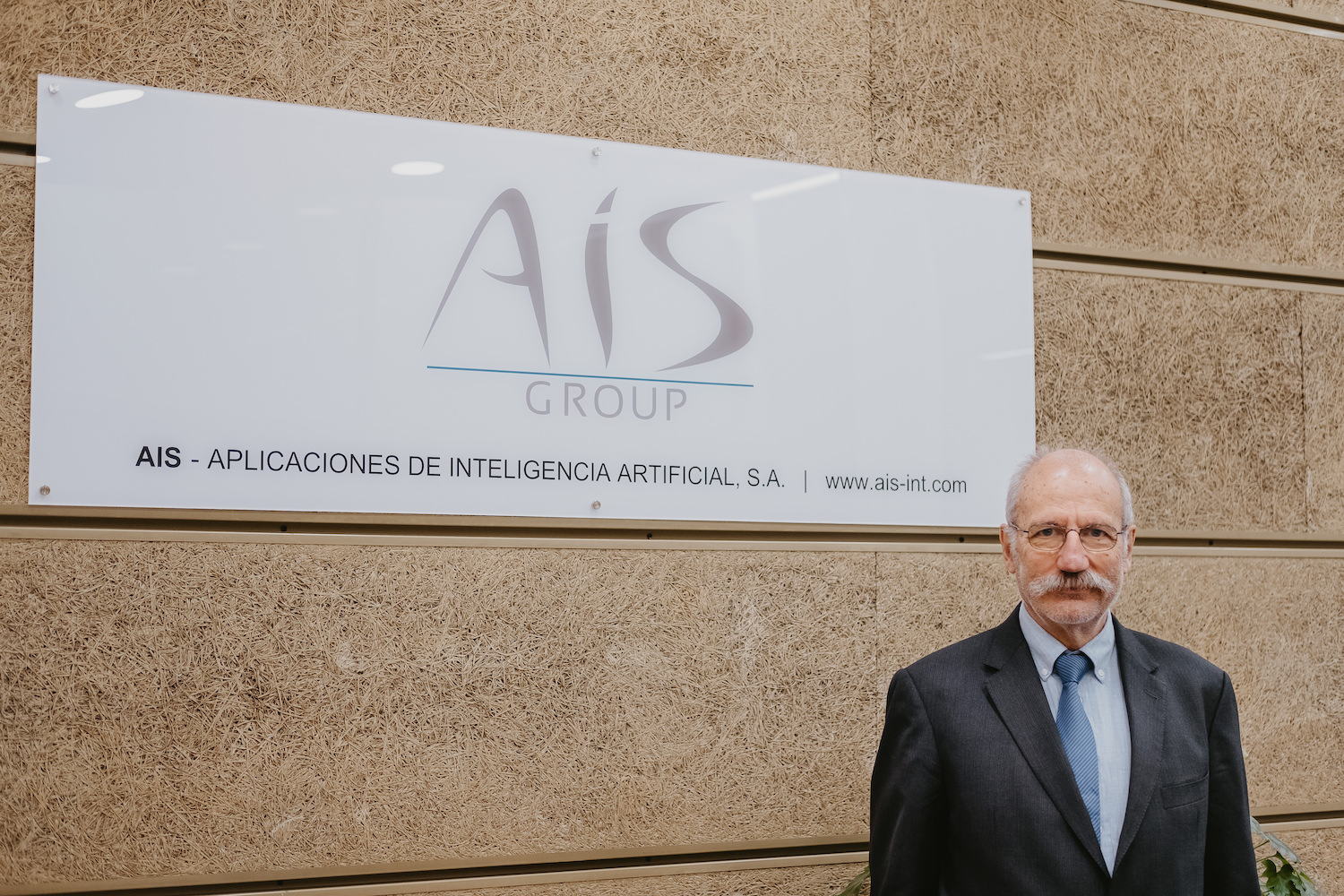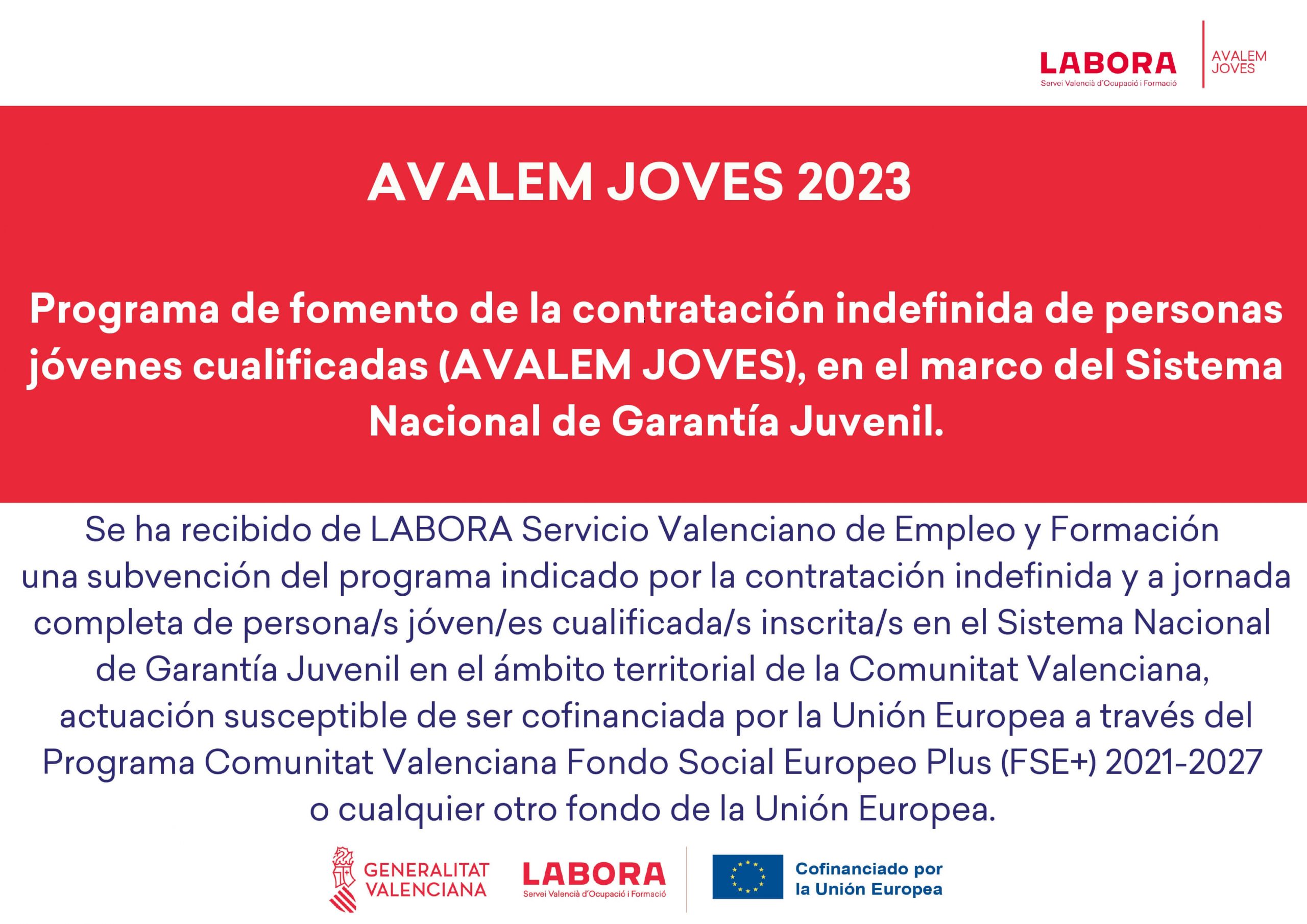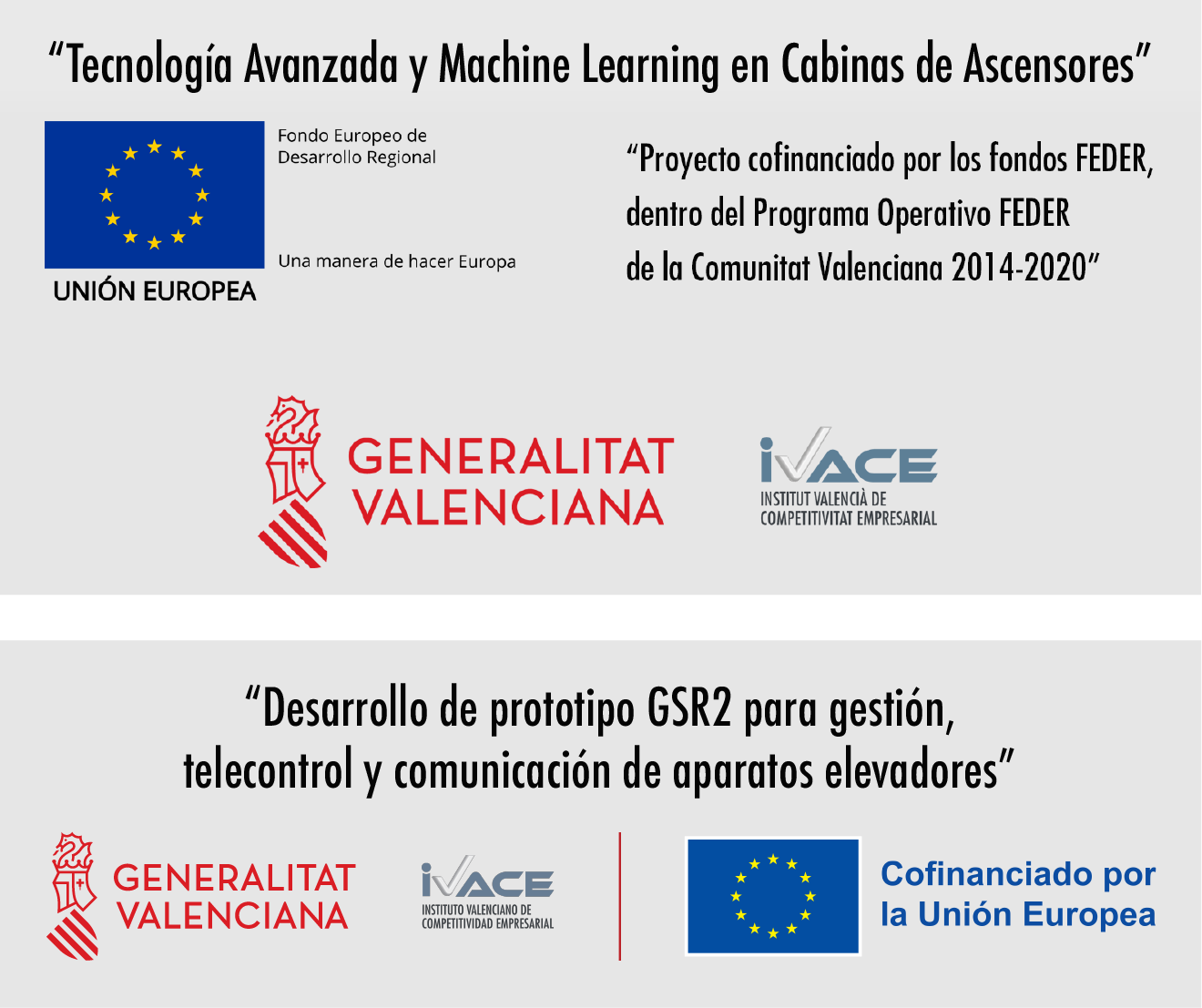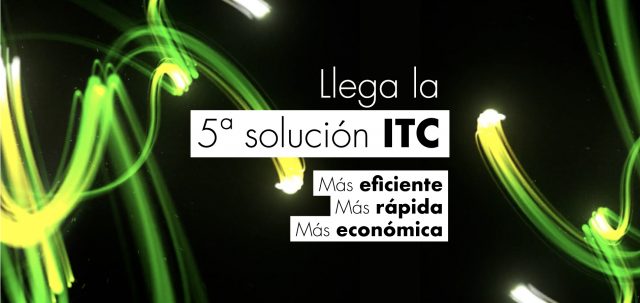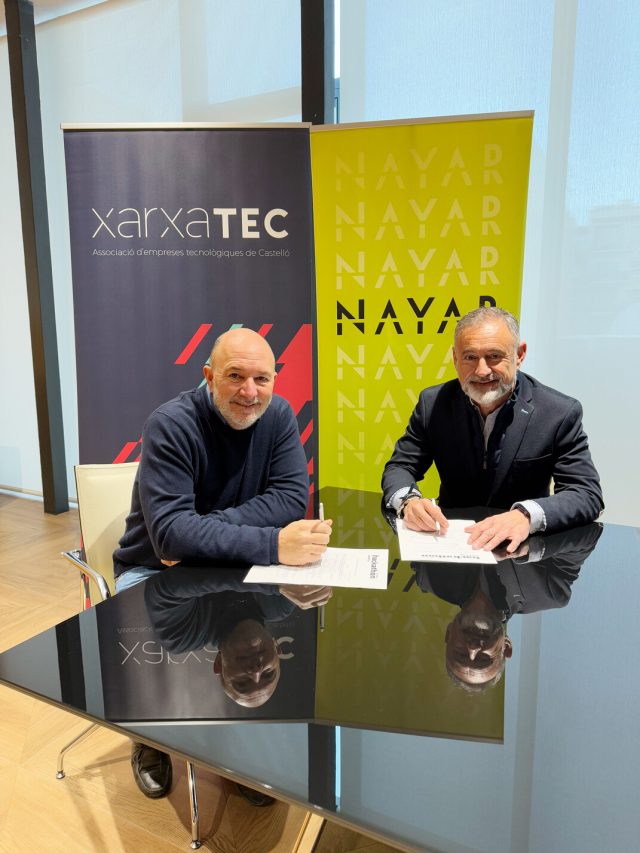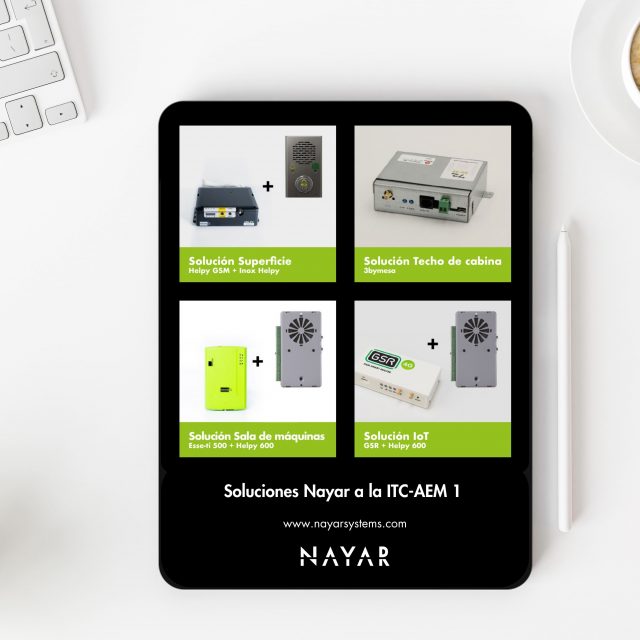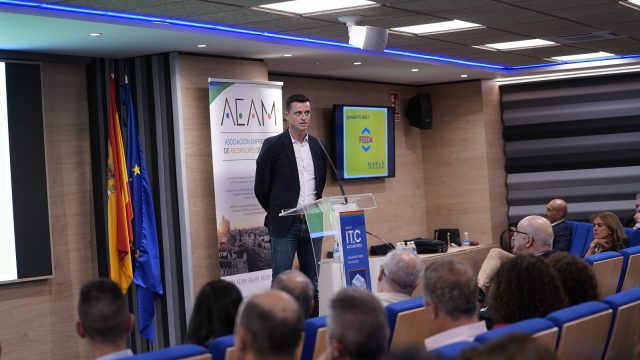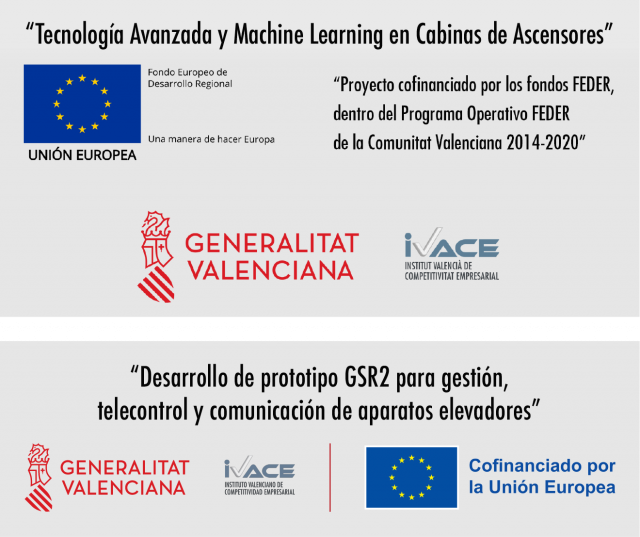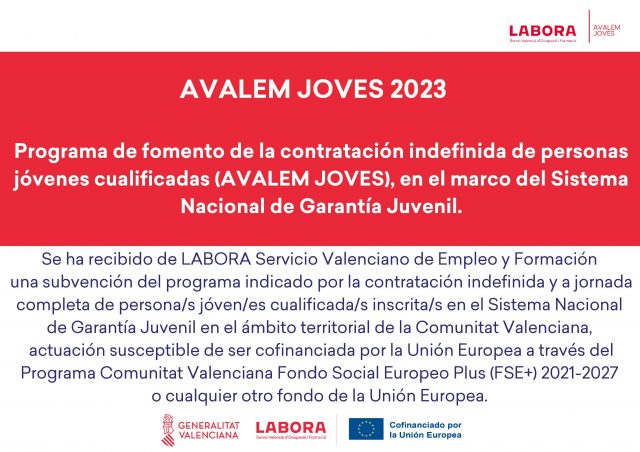Founding Partner and President of AIS – Aplicaciones de Inteligencia Artificial, S.A.
Your professional career covers two major stages. The first relates to the financial area and its computerization. The second is marked by the birth of AIS. Tell us how you moved from one stage to another.
The two stages have common roots. In the seventies we experienced the beginning of a profound change in the Spanish families’ finances habits. From a save-in-order-to-buy attitude we went to a loans and credit concession culture, which advanced the consumption of durable goods. The credit granted by financial institutions doubled every three years, so banks underwent a paradigm shift in their operations, drastically increasing productivity. The computerization of bureaucratic processes made banks the main buyers of computer systems, and along with the automation of decisions also came the need to apply efficient and fast algorithms for credit granting. Because AIS already offered support systems for decision-making to different areas – industry, logistics, marketing, financial and health – we were very receptive to the creation of new business models in the finances field. Among the solutions that we offered in the early days of AIS, at the end of the 1980s, there were credit scoring systems that offered a fast credit concession response, reducing the time of evaluation from five weeks to three minutes. We also focused on hiring through prescribers or through proactive credit.
In this process, I must admit that I was lucky to have a very diverse and transversal training: I worked as an economist at Servicio de Estudios Económicos, as a systems analyst, as a specialist in operations research, as an investment projects analyst, as a teacher at the Computing Center of UPB … Developing these tasks I had the opportunity to learn from great teachers. Professors such as Dr. Martí Vergés and Dr. José Jané Solà taught me the importance of applying the connection between science, technology in order to create value in the day-to-day of companies.
AIS is a specialist in generating value from data processing using Artificial Intelligence techniques. This is how you help your clients make better decisions and obtain concrete benefits. Given that many of your customers are finances and large consumer-goods companies, what are the main technologies AIS bets for?
We have always been guided by providing the best solution to the problems brought to us. This implies that we do not have any commitment to any specific technology, although we try to be at the forefront of any technology that helps us making decisions. This implies that we operate in three major areas of technology: prediction, optimization and IT systems.
Foreseeing the future, since our beginnings, we shifted from the multivariate / multiequational statistical and econometric methods to Artificial Intelligence methods, especially those from the family Machine Learning such as Artificial Neural Nets, Extreme Gradient Boosting, Classification and Regression Trees, Random Forest, Expert Systems or Hidden Markov Models.
In optimization, we integrate the prediction with the most appropriate decision-making mechanisms: mathematical programming in all its variants, linear / non-linear methods, combinatorial, corner or interior point methods, but also dictating rules or the integration of the opinion of an Expert in the decision “loop”.
In terms of systems, we offer services in SaaS and in-house environments, in the diversity of architectures and languages that this implies. For the platforms we develop, we use Open Source analysis tools such as R or Python, as well as SAS and SPSS. We also use a variety of languages, including .NET and Java.
You were a pioneer in investigating and implementing Artificial Intelligence techniques in the Spanish finances system. You currently combine your work as president of AIS with a high involvement in the company’s R & D department. How does it speed up and/or favor the implementation of new products?
I think it has been one of the strong points of our development that I remain active in some developments. However, part of my mission is to go beyond this role, promoting R & D but also Business Development, leading the generation of new ideas, their analysis and especially their materialization into projects and applications.
The banking industry handles a large amount of data from its customers. Do you think it is a leading sector in terms of investment in Artificial Intelligence?
Without a doubt at the present time banking is the leading industry in digitalization investment. This industry has been a leader in applying methods that combine statistics and Artificial Intelligence, but they are having some difficulties in incorporating the more sophisticated methods of Machine Learning. In brief, although the success rates with these methods are higher, their traceability is not an easy matter, and this hinders inspections and the incorporation of corrective rules to the inherent biases of the algorithmic treatment. These difficulties are particularly sensitive to credit risk, resulting in a certain rejection by supervising departments. It is true that the application of these tools to analyse customer behavior and send out early warnings are progressing, along with its successful application in evaluating mortgage guarantees or property portfolios, which points to a good future for these methodologies in this industry.
What kind of quantitative marketing projects does AIS carry out? Is Big Data the key tool to define marketing strategies today?
Without a doubt Big Data is a key tool, although we have noticed a certain disenchantment in some retail sectors. Big Data offers access to large and unstructured information but, to obtain meaningful results, powerful data mining tools and behavioral modeling and optimization methods are required. In AIS, together with the tools of Machine Learning, we explore some very useful but little known technologies, such as the Statistical Matching and Data Fusion systems, which allows us to connect information sets, without univocal identification, in different levels of aggregation and with a different structure. The most representative product we have developed is called Habits and consists of a database with statistical information on the Spanish population at minimum levels of aggregation, which allows georeferencing profiles of economic and social behavior that are very useful for issues as disparate as the launching of new products, the location of new shops, determining the value of real estate or the detecting pockets of poverty. We are now developing this solution also for Mexico, Argentina and Chile.
What processes should a company in the industrial sector carry out in order to benefit from the solutions offered by Artificial Intelligence?
It depends on the company’s area and its size. Companies that operate with continuous manufacturing processes or companies with assembly lines will respectively require optimal control systems or intelligent robots and artificial vision. Companies with a strong logistics component will find value in optimizing routes and vehicle loading. In this analysis, it is important to be aware that there are no breakthrough scientific advances, but rather a great improvement in the processing capacity of commercial computers. That is to say, the current technological advance allows us to carry out processes much faster than was possible a few decades ago, and as of today the processing speed of computers is half a million times greater than they were thirty years ago. This means that the analysis of an image that today is done in a second, in the past required ten days of processing. This means that processes that in the past were practically exclusive to big companies now can be realized today in SMEs, especially with improved algorithms of AI replacing statistical elements. I believe that the most important process in this field is the analysis of investment opportunities, in terms of costs and in effort. The companies that are in a better position are those that have remained at the forefront, continuously incorporating methodologies that create value. The installation of elevators is a good example.
What Artificial Intelligence solutions is AIS applying to facilitate the day to day of the companies dedicated to the industrial sector?
Our most relevant success story is WINBOX, our in-house corrugated cardboard planning platform, which obeys the commitment to delivery times. It is a program whose first version dates back from the early 90’s and is currently operating in fifty facilities in eight countries. WINBOX is in communication with different machines in order to constantly update the company’s status and stock supplies, with the purpose of optimally controlling or adjusting production plans.
The paradigm shift in the distribution of goods (Amazon, EBay, AliBaba, AliExpres …) has triggered the demand for this type of packaging and also the need to increase manufacturing productivity.
What are the main international markets in which AIS operates? How has the company adapted to the needs and demands of each country in which it is present?
After our start in Barcelona in 1987, we opened branches in Mexico and Argentina in 1993; and in Chile in 2002. The last office that we opened was in Colombia in 2016. From these locations we operate in almost all of Latin America. We are currently expanding our African market, where we already have offices in Morocco, Mozambique and Kenya; and we are developing plans for countries like Ghana, Senegal and Cote d’Ivoire.
In general, our production consists of investment goods – “goods that produce goods” – whose value comes from improving productivity when the final demand of our customers increases, which affects the primary demand of manufactures in the real economy (cardboard or litter bins, for example) or in the demand for credit that follows the increase in investments. In this way, emerging economies are more demanding of our products than already stabilized economies. On the other hand, we generate commitment with the countries in which we operate, thus we strive for diversifying products in order to offer our best at every moment. We also develop commercial activities in countries undergoing crisis so that they export services to other neighboring countries. Actually, this has been one of the engines of expansion. This was the solution we used to alleviate the crisis dubbed the “Tequilazo” in Mexico, during which we dedicated the capabilities of our delegation there to sell and develop projects to the Caribbean. Also, during the time of the Argentinean “Corralito”, we reoriented the activity of our headquarters in Buenos Aires to develop new projects throughout the Mercosur region.
What are the future horizons of the AIS Group?
Personally, the generational change, the transformation of the company to empower the younger generation.
As a company, I believe that the energy of the current management team will resume a sustained growth in extension, in turnover, in results and in innovation. I believe that the community formed by all the AIS collaborators has a potential like I have never seen before in this company, in terms of scientific and technological know-how, teamwork capacity, transversality and enthusiasm.
Are there enough professionals with the necessary training to work in the field of Artificial Intelligence? What professional profile should someone dedicated to research have?
Both universities and distance learning programs of our country provide good theoretical knowledge (by extension, I do not want to limit it to ours). However, they are not enough to guarantee a project’s success. AI is composed of extremely elegant algorithms with a great “glamour”, requiring meticulous and imaginative work to calibrate parameters, validate samples, gather information, implement them in organizational structures and integrate expert knowledge that may correct the systematic biases of the used algorithms. This is the real bottleneck, overstressed by an increase in demand for Data Scientist and IT experts, brought by large multinationals in the area establishing themselves mainly in Barcelona.
How does the rise of Artificial Intelligence affect the job market?
There is an open discussion among different expert analysts in this field. I would say that the article that originated this debate was that of Frey & Osborne, which ensured a threat to 47% of the professions in the USA. This article was contested by the OECD which noted two flaws in the method Frey & Osborne used: on the one hand, the OECD affirmed that necessary skills must not be confused with overall professional performance. On the other hand, the OECD said that professional resilience will lead to different formats of the same service. Their criticism led to a major correction in the figure announced in the original study, reducing it to 8%.
Who’s right in this situation? Probably someone predicting an answer in between those figures. However, resilience-capacity manifested in relocation/reinvention is a possibility. In the industrial revolution, craftsmen became industrial workers, amounting to a local and “easier” move if compared to the displacement in the production of goods and their consumption in a globalized world. We allocate an important part of our resources into buying goods produced in the Far East. If these products displace our labor and professional force, we will probably have to consider different forms of income distribution, with all the consequences this brings to the structure of our society.
Will human intelligence become subjugated to Artificial Intelligence?
Although this is a very suggestive topic, in my opinion there are limits to the capabilities of AI today. I would mention the lack of meta-knowledge (common sense, also improvisation), image of self, exploration outside learning sources that still make the human expert fundamental to its creation, control and maintenance.
In my opinion, the participation of the expert in decision cycles is indispensable today and should continue to be so for the next twenty years.
Predictions made through automated data analysis have a margin of error. How is it possible to take advantage of the positive effects of automated data analysis while avoiding the negative consequences of their errors?
Errors can be classified as false positives and false negatives, and each kind of damage creates a different impact (e.g. diagnosing a cancer to someone who does not have it or failing to diagnose it to someone who has it). This is common in many applications. To avoid these biases and errors, we propose a combination of human knowledge with the responses of the corresponding algorithm. There is a set of techniques for this: studying sensitivity to certain variables, estimating probability of belonging to different prediction groups (will someone pay their loans or not, will someone buy this product or that one) thus separating cases with higher probability from the ones that require an individual treatment. All this is materialized in protection rules. In some industrial processes it is clear that this combination must exist. For example, in a combined cycle power plant, we can produce an algorithm with all the information generated by the sensors over a sufficiently long period, but we will not have the data outside the security interval generally established in a Cartesian manner. Therefore, if the optimization algorithms require going beyond the static and Cartesian limits, we will have to build “prime-principle” models or add expert rules as constraints to the optimization model.
What are the most advanced areas in the field of Artificial Intelligence?
In different areas, robotics with the incorporation of artificial vision and intelligence; with a special mention to balanced and autonomous driving; image treatment in all areas such as radiology, facial recognition, as well as static and dynamic analysis, and also human genome treatment; e-commerce marketing, feelings barometer and chatbots; selection of loans with the regulations imposed by supervising bodies such as the Bank of Spain or the European Central Bank, etc.
What is the most off-target idea about Artificial Intelligence?
Mainly two: That the machines will dominate us, replacing human intervention, or that it will have feelings or become creative.
Due to constant data handling, do you think that we are heading towards a world with less privacy?
I think we already live in a world with less privacy. The problem now is controlling what I do not want people to know about me. That is, whichever information that I consider may bring me harm in environments that oppose my own thoughts and feelings – granted that I am not acting against or overlooking the law. In these matters, I always propose the following reflection: how much resistance do we put in denying unimportant apps access to the information contained in our smartphone? I am not advocating extreme liberalization, but a selective regulation of the use of this information and a democratic control available for the population.
Will the future of social networks depend on Artificial Intelligence?
I do not think so. Perhaps we will see networks and platforms surge, disappear, or be replaced by others that may be used to get to know our taste preferences and probability of buying or voting for something. However, in my opinion, these emerge out of needs (stimulated or natural) that are unrelated to their use of powerful AI tools. Having said that, social networks may experience changes, perhaps become obsolete as a result of advances in technology, such as voice or image for instance, but I don’t think social networks should be affected by AI.
How can you avoid data leakage? Is there a legal loophole with respect to the regulation of Artificial Intelligence?
This is an important issue. There is a legal loophole regarding data breaches, and even more in AI. The IT systems in which these technologies rest are fragile. In a paradigm of linear computation developed by an expert, all precautions matter, as there is no absolute guarantee that there won’t be any breach, intrusion or fraud. And there is no reason to think differently with AI.
As an example of the impact in this new field, I will say that with the magnetic resonance imaging to analyse someone’s probability of having Alzheimer’s disease, it is possible to reproduce the patient’s face with complete image fidelity. Therefore, if you have tagged photos, you can get information on who displays early symptoms of this disease and who does not. What at the medical level can be a breakthrough, can pose a substantial risk in case of data breach. Depending on the type of information leaking, its poor protection puts not only one’s personal affairs at risk, but also all blood related individuals in cases of DNA analysis data for example.
Like all technological advances, AI cannot be classified as intrinsically good or bad, only its use.




